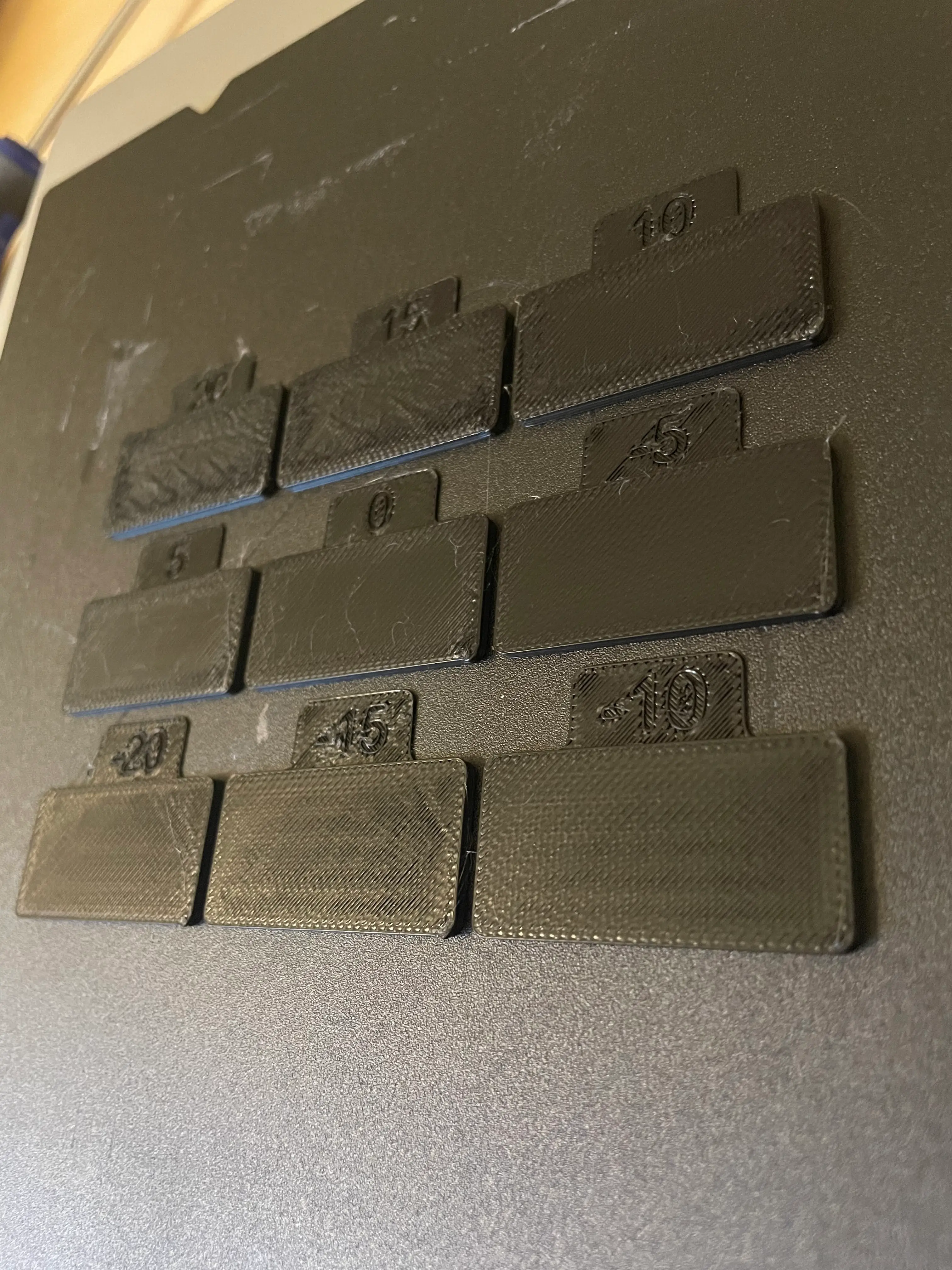3DPrinting
3DPrinting is a place where makers of all skill levels and walks of life can learn about and discuss 3D printing and development of 3D printed parts and devices.
The r/functionalprint community is now located at: or [email protected]
There are CAD communities available at: [email protected] or [email protected]
Rules
-
No bigotry - including racism, sexism, ableism, homophobia, transphobia, or xenophobia. Code of Conduct.
-
Be respectful, especially when disagreeing. Everyone should feel welcome here.
-
No porn (NSFW prints are acceptable but must be marked NSFW)
-
No Ads / Spamming / Guerrilla Marketing
-
Do not create links to reddit
-
If you see an issue please flag it
-
No guns
-
No injury gore posts
If you need an easy way to host pictures, https://catbox.moe may be an option. Be ethical about what you post and donate if you are able or use this a lot. It is just an individual hosting content, not a company. The image embedding syntax for Lemmy is 
Moderation policy: Light, mostly invisible
view the rest of the comments

If you haven't yet, I recommend following some calibration guides for your filament brand / style / nozzle. I've been using https://github.com/SoftFever/OrcaSlicer/wiki/Calibration in conjunction with the Orca Slicer software, though I know that's a derivative of Bambu software and may not directly translate to your Ender. But something along those lines should help to at least make sure you're working from a proper baseline.
Just installed Orca Slicer and did the calibration run. Very interesting results.


I flipped them over in their respective positions, i.e. -5 is still in the middle right.
What I interpret from those pictures is that I need different values for the first layers and the layers above that. For the top layers, -5 and -10 look very good, for the first layer +10 and +15 are looking good.
And yes, I know my printbed is kinda fucked, I already ordered a new one. Surprisingly, it didn't impact performance that much. In the last weeks, I had no failing prints whatsoever with the standard settings. Sure they weren't looking pristine, but usually that didn't matter.